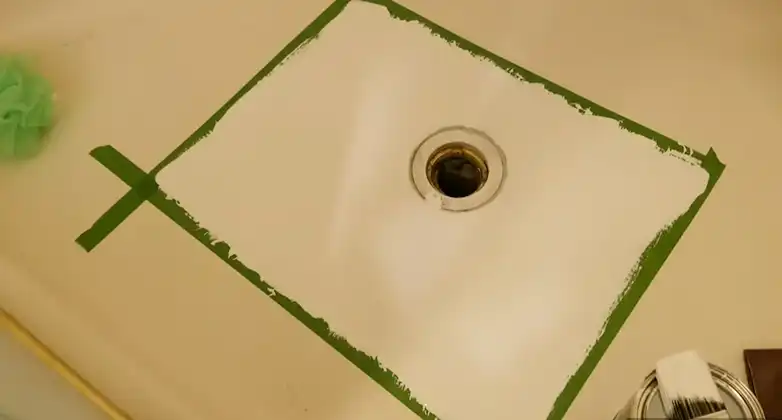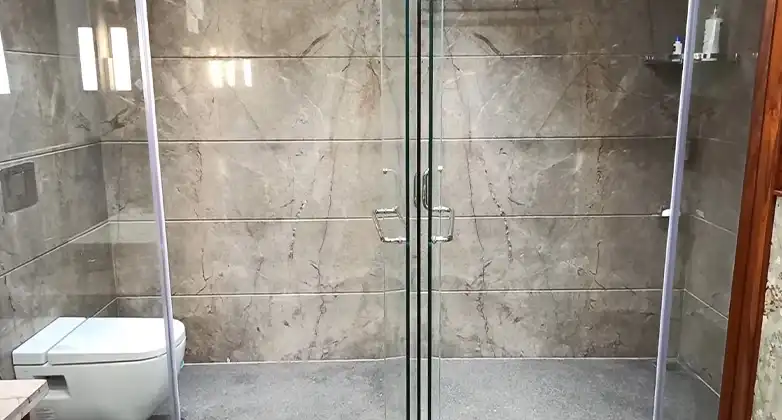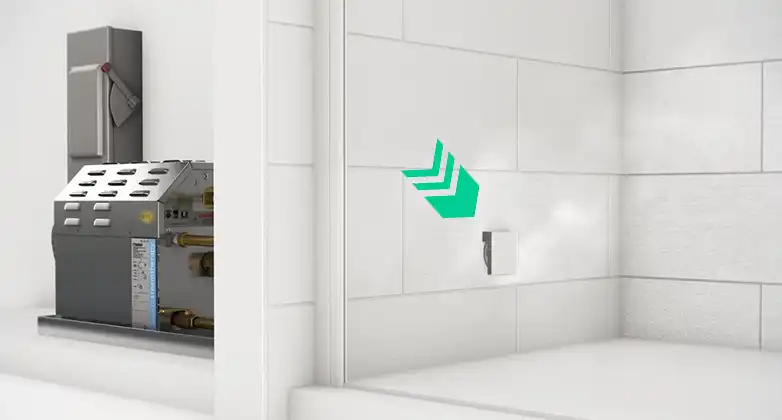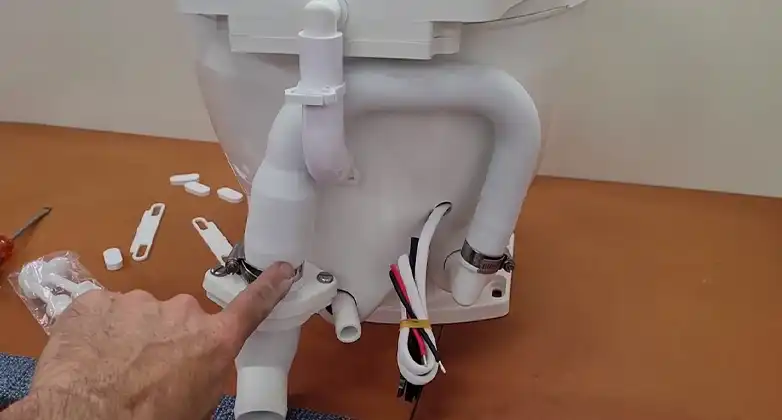A flexing shower base can be a frustrating and potentially dangerous problem, leading to leaks, cracks, and even structural damage. However, fixing a flexing shower base is possible with the right approach. In short, the process typically involves reinforcing the base with additional support, either through shimming, applying an epoxy coating, or installing a new base altogether. By addressing the root cause of the flexing and taking appropriate action, you can restore your shower’s stability and prevent further issues.

What Are the Steps to Fix a Flexing Shower Base?
If you’re dealing with a flexing shower base, taking action promptly to prevent further damage is essential. Fortunately, fixing a flexing shower base can be done through several methods, depending on the severity of the problem. By following a few simple steps, you can stabilize your shower base and prevent any further damage. In this response, I will outline the steps you can take to fix a flexing shower base and ensure your bathroom remains a safe and functional space.
Step 1. Identify the Cause of the Flexing:
The first step is determining what’s causing the shower base to flex. And this could be due to improper installation, a weak subfloor, or age-related wear and tear. Identifying the cause of the flexing will help you fix the problem more effectively.
Step 2. Remove the Shower Drain Cover:
The next step is to remove the drain cover so you can access the drain and inspect the subfloor. You may need a screwdriver or a specialized tool to remove the cover.
Step 3. Inspect the Subfloor:
Look for any damage or rot in the subfloor beneath the shower base. You may need to repair or replace the subfloor if you notice any damage.
Step 4. Reinforce the Subfloor:
You’ll need to reinforce the subfloor if it is weak or damaged. Use additional plywood or blocking to add extra support under the shower base.
Step 5. Use Shower Base Support:
If the shower base is still flexing, you can apply support to it. One way to do this is to install a foam support kit underneath the base. The kit includes foam blocks that you can place under the shower base to prevent it from flexing.
Step 6. Install New Shower Base:
If the shower base is beyond repair, you may need to install a new one. Follow the manufacturer’s instructions carefully to ensure the new base is installed correctly.
Step 7. Reinstall the Drain Cover:
Once you’ve made the necessary repairs and added support, reinstall the drain cover and test the shower to ensure it’s stable and not flexing.
Step 8. Test the Shower Base:
Before using the shower, test the base to ensure it’s no longer flexible. Stand on the shower base and press down firmly to check for movement. If the base is still flexing, you may need to repeat the steps above or call a professional for assistance.
Important Note: Following these steps, you should be able to fix a flexing shower base and prevent future problems. However, if you’re uncomfortable with DIY repairs or the problem is more serious than you can handle, it’s always best to call a professional for help.
Frequently Asked Questions and Answers
Should a shower base be glued down?
Replacing a shower pan may require placing the pan directly in an adhesive or into a small mound of mortar. Spread adhesive over the area where the shower pan will be placed if the adhesive is needed.
What is the best adhesive for a shower base?
Loctite Power Grab Tub Surround Interior Construction Adhesive has been designed to bond most bathroom and shower enclosures. The new Power Grab construction adhesive gives you an instant grip in just a few seconds and dries faster than the previous formula. When fully cured, it is unaffected by moisture, steam, water, heat, or cold.
Do you put cement under the shower base?
Most shower pan manufacturers recommend installing a bed of mortar under your shower pan. Besides providing a satisfyingly hard floor for your shower, a mortar base will protect your subfloor from water damage, mold, and rot.
Conclusion
In conclusion, fixing a flexing shower base is crucial for ensuring the safety and longevity of your shower. While the process may seem daunting, there are several approaches you can take to reinforce the base and restore its stability. Whether you opt for shimming, applying an epoxy coating, or installing a new base, it’s essential to address the root cause of the flexing to prevent further issues. By taking the necessary steps to fix your shower base, you can enjoy a sturdy and reliable shower for years to come.





